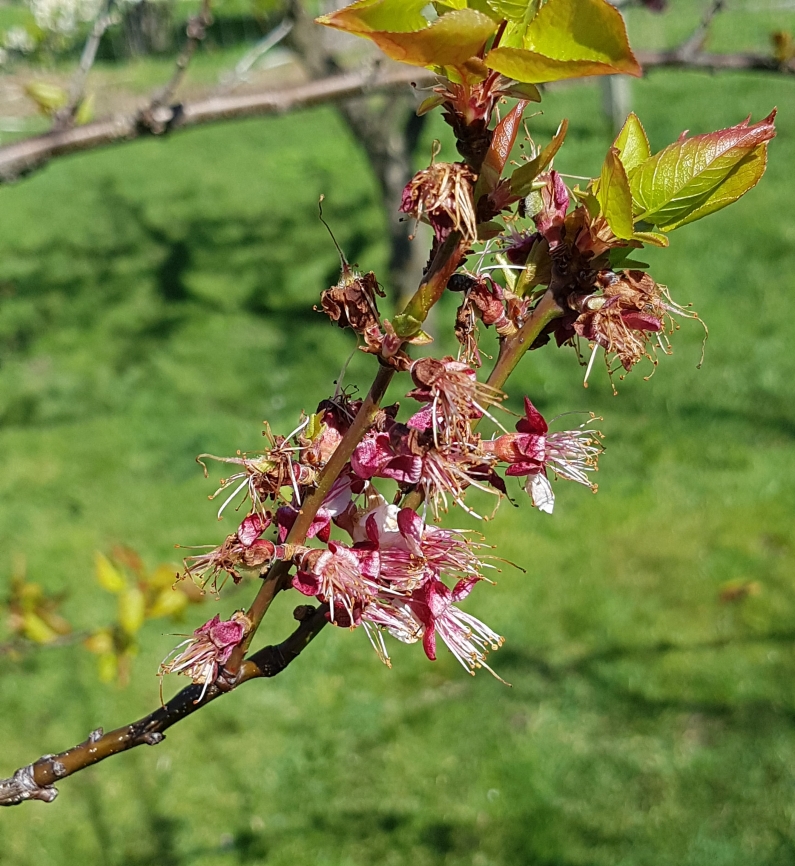
In the last issue of Prunings we pulled out some of the findings relating to brown rot in summerfruit. This time we will look at some of the main points relating to botrytis. We only realised a few years ago that the main player for cherries in Central Otago is botrytis and not as was commonly thought brown rot.
The report states that the loss of chemical control for botrytis along with increasing bacterial issues ‘has the potential to seriously threaten the expansion of the export cherry production in the region’ in reference to Central Otago.
Botrytis is an opportunistic fungus to quote Dr Elmer; although it can attack live tissue, it prefers dead and dying tissue. Thus, petal fall, shuck fall, damaged and split fruit are potential starting points for this fungus.
The objectives of the study were to identify the extent of the resistance and find some new tools to cope with the problem.
A high level of resistance to carbendazim based products such as Prolific® as well as to Pristine® and Rovral®/ Defence® was found in all tested orchards. This was found to be the case at field rates when the chemicals were exposed to resistant strains.
To read more of the summary of key findings go to the Summerfruit NZ Portal under Main Menu/Agrichemicals/Resistance Management
The full report is available on the Summerfruit NZ Portal under Main Menu/Research/Projects Managing Pathogen Resistance In Summerfruit
